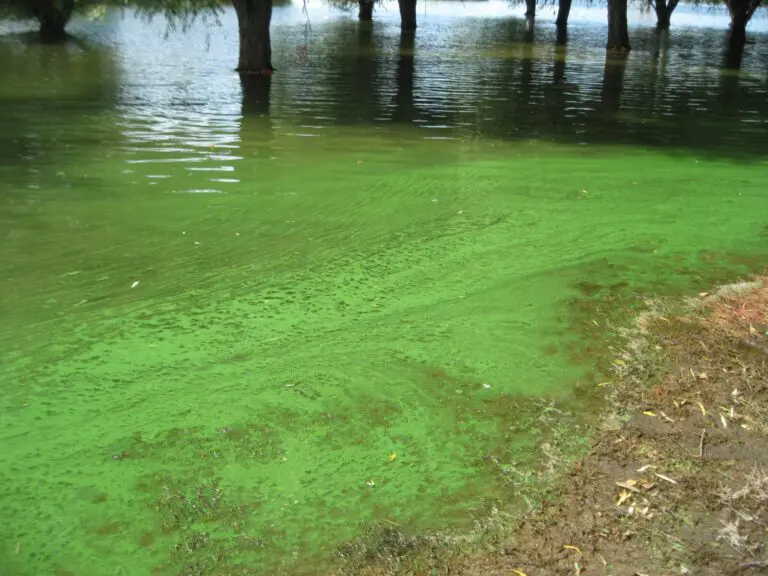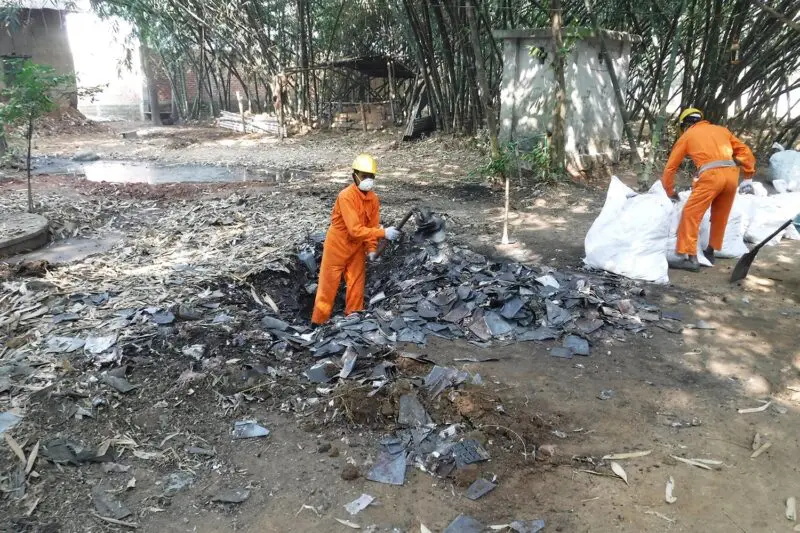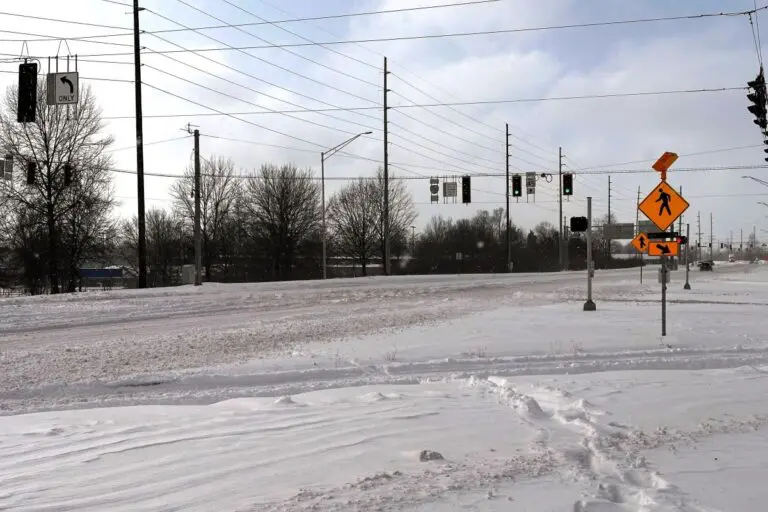A federal investigation has uncovered decades of missed oversight and inaction that exposed multiple generations of East Chicago families to lead contamination at a public housing complex near a Superfund site. A recent report reveals how inadequate reviews and unaddressed warnings led to health risks for thousands of residents.
The U.S. Department of Housing and Urban Development’s (HUD) Office of the Inspector General issued a report in February detailing the agency’s failures at the West Calumet Housing Complex. Built atop a former lead manufacturing site, the complex exposed residents—many of them children—to dangerous levels of lead. The report highlighted a legacy of harm, citing neurological damage, kidney and heart problems, and reproductive toxicity among the risks faced by those living there.
“HUD and other authorities repeatedly missed opportunities to identify contamination and inform residents about the risks,” the report stated. “This negligence placed their health and safety in danger.”
The investigation revealed HUD ignored red flags for more than 30 years. Environmental reviews were either incomplete or absent, despite mounting evidence of contamination from federal and state agencies.
A Longstanding Crisis
The housing complex, constructed in the late 1960s, was located on the former site of the Anaconda Lead Products facility. Although the development preceded modern environmental laws, contamination concerns began emerging in the 1980s. The U.S. Environmental Protection Agency (EPA) found elevated lead levels near the site in 1980, and by 1985, state health officials documented high soil lead concentrations and children with elevated blood lead levels. Despite these findings, HUD took no action to protect residents.
Throughout the 1990s and early 2000s, local and federal agencies continued uncovering evidence of widespread contamination. In 1997, soil testing near a nearby school revealed dangerous lead levels, while blood testing in the surrounding neighborhood showed that nearly one-third of children had elevated lead levels. The EPA formally designated the site as part of the USS Lead Superfund site in 2008, but HUD remained unaware of the risks to the housing complex.
HUD did not conduct its first environmental review until 2003, and subsequent reviews were riddled with inaccuracies. The agency failed to account for the site’s history and proximity to hazardous facilities, delaying recognition of the contamination for more than a decade.
Health Consequences and Legal Battles
Residents of the West Calumet Housing Complex experienced health issues consistent with lead exposure, including anemia, headaches, and developmental delays. In 2016, after the EPA confirmed dangerous lead and arsenic levels at the site, the city began relocating the complex’s approximately 1,000 residents. Families were offered housing vouchers or alternative public housing options, but many struggled to find suitable replacements.
The complex was demolished in 2018, and Zone 1 of the USS Lead Superfund site was later removed from the National Priorities List following remediation efforts. Despite this progress, legal challenges remain. Former residents have filed lawsuits against local and state authorities, alleging negligence and concealment of contamination risks. Some cases have been prolonged by disputes over document confidentiality and immunity claims.
The report warned that HUD’s failures in East Chicago may reflect a national issue. Thousands of public housing properties across the country are located near contaminated sites. A partnership between HUD and the EPA identified more than 18,000 federally assisted housing sites within a mile of Superfund locations, with nearly 8,000 deemed “high priority” due to ongoing contamination risks.
Critics argue HUD’s historical neglect of environmental hazards disproportionately impacts low-income and minority communities. In Indiana alone, dozens of Superfund sites lie within two miles of public housing developments, potentially putting thousands of families at risk.
Calls for Reform
Advocates and legal experts have called for HUD to overhaul its approach to environmental reviews and contamination monitoring. The Biden administration has pledged to prioritize environmental justice, with HUD Secretary Marcia Fudge promising major changes to address the agency’s failures.
“We need at least $70 to $100 billion to fully repair and restore public housing across the country,” Fudge said during a press conference. “This is a one-time opportunity to create lasting change, but much more investment will be needed.”
Legal advocates remain cautiously optimistic. “The administration is off to a strong start, but accountability and effective implementation will be the key to real change,” said Debbie Chizewer, managing attorney at Earthjustice.
As former West Calumet residents seek justice, the spotlight remains on HUD to prevent future environmental crises at public housing sites. Without significant reform, thousands of families nationwide may continue facing hidden contamination threats.












